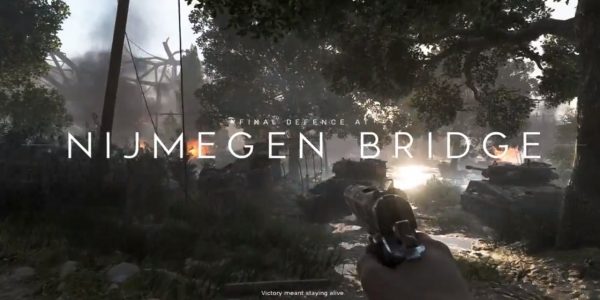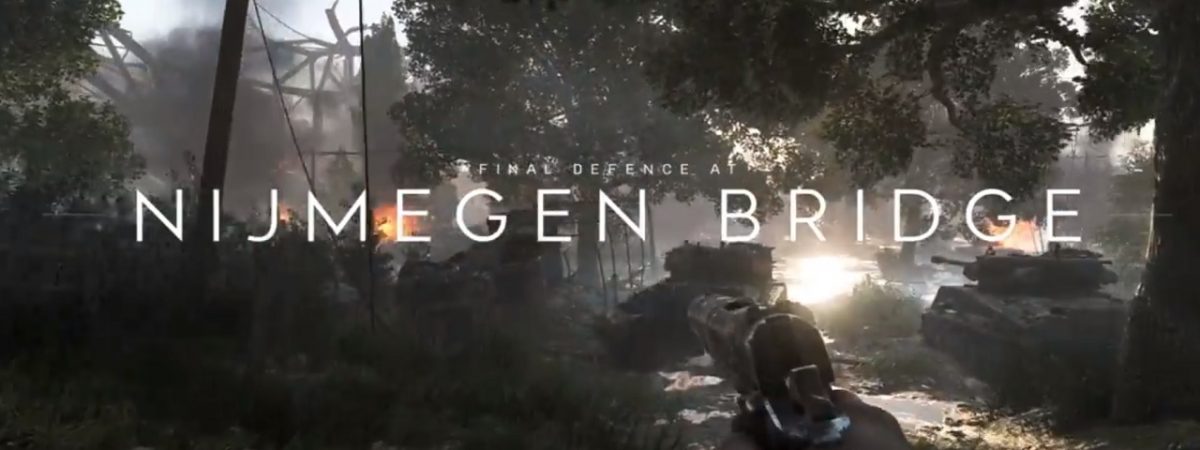Just like the prologue in Battlefield 1, players must complete the Battlefield 5 prologue before they do anything else in the game. This short story mission spans five vignettes set all across the Second World War, interspersed with cut-scenes and narration. After players get through scenes from the Battles of Narvik, the Siege of Tobruk, the Battle of Kasserine Pass, and the Bombing of Hamburg, the final scene takes place at Nijmegen. In the year 1944, this Dutch city was the site of fierce fighting during the ultimately unsuccessful Operation Market Garden.
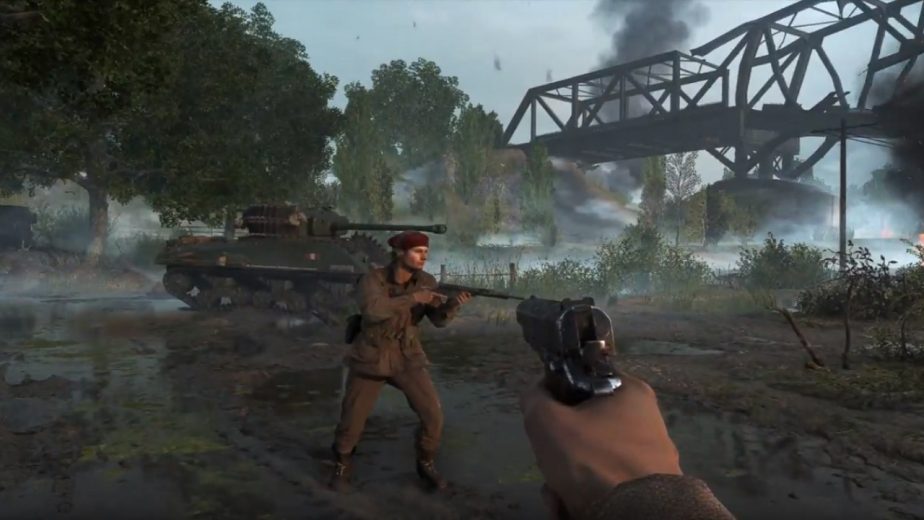
The Battlefield 5 Prologue: Final Defence at Nijmegen Bridge
Like all of the vignettes in the Battlefield 5 prologue, the Nijmegen section only lasts for a few minutes. In that time, the player appears to be cast as a member of the British army during the final moments of the battle. The exact time and place of the events isn’t entirely clear. The section title; “Final Defence at Nijmegen Bridge,” suggests that it could be set on the 29th of September, 1944. The “Liberation of Nijmegen” had ended in an Allied victory the week before. However, the Germans subsequently launched a number of assaults aimed at reclaiming or sabotaging the strategically valuable Waalbrug (Waal Bridge), putting the Allies on the defensive.
In the closing moments of the scene in Battlefield 5, the Waalbrug can be seen partially destroyed in the background. In fact, there was only one time when the Waalbrug took significant damage. That event took place on the 29th of September. On that day, German combat swimmers were able to use floating mines to destroy parts of the bridge. In fact, the way in which the bridge takes damage in-game is quite similar to photographs of the bridge following that attack. Shortly after the sabotage of the bridge in Battlefield 5, the player character is killed in bloody infantry fighting. This brings the final playable section of the prologue to an end.
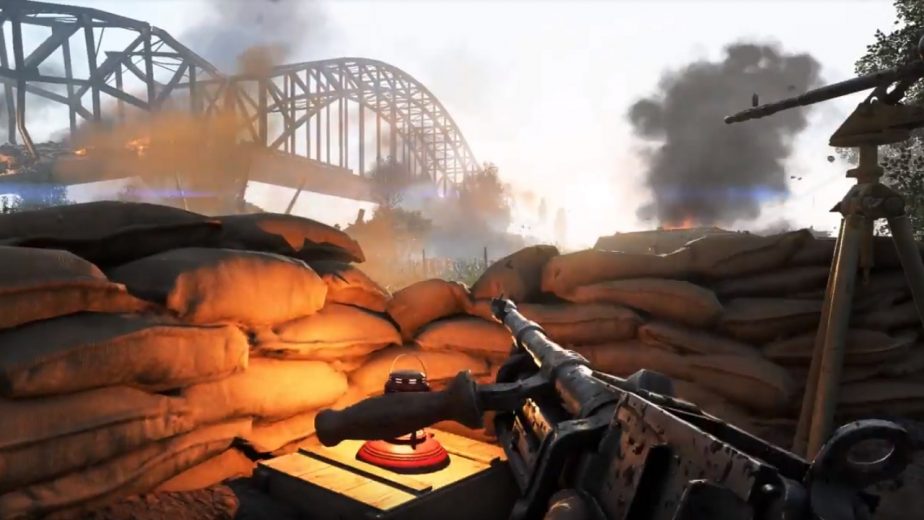
The Liberation of Nijmegen
The Liberation of Nijmegen was launched in September of 1944 as part of Operation Market Garden, a major Allied offensive which aimed to seize control of nine strategic bridges. With control of these, the Allies hoped to open an invasion route into Axis territory in Europe. The initial “Market” air assault mostly went as planned. Indeed, one branch of this assault force had orders to seize the Waalbrug near Nijmegen. However, the “Garden” part of the assault; a major infantry offensive, was delayed due to fierce fighting at Nijmegen and Son eu Breugel. While DICE chose five relatively lesser-known battles to appear in the prologue, every one of them was important in the grand scheme of the war. In the case of Nijmegen; the delay cost the Allied forces dearly and was a significant factor for the failure of Operation Market Garden.
British and American troops were air-dropped into the Netherlands on the 17th of September, where they encountered swift resistance from the local German forces. Fighting against frequent counterattacks, the Allies marched on Nijmegen. As their forces approached, the Germans were doing exactly what the Allies were afraid that they would do; planning to demolish the Waalbrug and the nearby Nijmegen Railway Bridge. The Germans had covered the bridge with explosives, but actually never used them. Some reports claim that a Dutch resistance member was able to sabotage the explosives before their activation. Unfortunately, the truth isn’t known for sure.
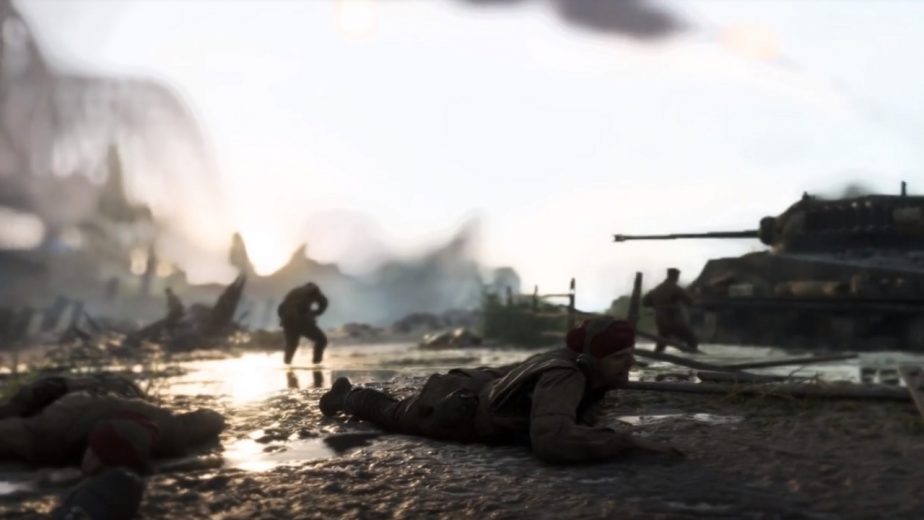
The Tides Turn at Nijmegen
In a gruelling urban battle, the Allies succeeded in liberating Nijmegen shortly after their arrival. However, they then faced a difficult assault across the Waal river with the bridge still in German hands. As a result, there was a costly delay while the troops waited for canvas boats to arrive from Belgium. With these boats, the Allies were able to finally seize control of the Waalbrug, but the delay had cost the Allied march valuable time. The Germans quickly began launching counterattacks.
A few days later, when it became clear that the nearby Battle of Arnhem had been lost, the order was given to retreat. This shift in the frontlines brought fighting back to Nijmegen. The Waalbrug took damage from floating mines just a few days later. The final Allied defence nonetheless bought time for thousands of troops to escape the region and regroup. However, despite the spirited defence, Operation Market Garden had failed, as had hopes of bringing the war to an end by 1944.
